This list was tough to compile—countless people have contributed to the white- water boating scene over the years. We asked ourselves how paddling would look if each individual had never paddled. The explorers changed perceptions of what rivers are runnable. The innovators developed new styles, techniques and boats that changed the way we paddle these rivers.
You’ve probably heard of some of the people on the list. And for those you haven’t heard of, read on and be thankful, because you may have never stern squirted, been creekboating or pushed rubber without their influence.
Here’s our first list of the 13 most influential whitewater boaters of all time.
THE EXPLORERS
DOUG AMMONS
Doug Ammons continues to be both a prolific boater and writer. The Montana native is perhaps most well-known for his love of solo expeditions. Most notably, he boasts the only successful solo descent of the Grand Canyon of the Stikine.
Ammons is also known for valuing sense of place and power of nature over sponsorship, TV deals and the attitude of conquering rivers that permeates the paddling scene today.
River comrades with ‘70s paddling pioneers like Walt Blackadar and Rob Lesser, Ammons remains relevant today as a mentor and role model for many seeking a grounded perspective on paddling.
RICHARD BANGS
In the early ‘70s, Bangs initiated his whitewater career as a Grand Canyon river guide. Now in his sixties, he’s still paddling strong, completing runs like the Colorado River’s Cataract Canyon at 65,000 cfs in recent years.
His first descent of southern Africa’s Zambezi River resulted in the birth of the whitewater rafting industry in the area, now known for being some of the best runnable whitewater in the world.
As if his first D’s of the Zambezi, China’s Yangtze and 35 other rivers weren’t enough to secure a spot
on this list, Bangs has chronicled
his stories of river travel and exploration in more than a thousand magazine articles, 19 books, over 20 documentaries and a full library of digital media.
WALT BLACKADAR
Remember when common wisdom dictated that you couldn’t paddle anything bigger than class III? Neither do we. Paddling pioneer Walt Blackadar blew off the conservative river running and slalom mentality of the ‘70s with a go-big- or-go-home attitude. Home was never an option.
Not only did he develop a
new style and technique for big whitewater—big even by today’s standards—he created the hype
and popularity that’s the basis for today’s whitewater stars. In 1971, Blackadar soloed the raging, class V+ Turnback Canyon on the Alsek River. His solo descent was at the extreme of exploration and made him an overnight hero.
In 1978, never having stopped pushing his limits, Blackadar died on the South Fork of the Payette, pinned on a submerged log. His spirit of exploration lives on.
TYLER BRADT
The youngest boater on our list, Bradt was paddling class V at only 12 years old. Now 26, he’s best known for his 2009 world-record- breaking run of Washington’s 189- foot Palouse Falls.
Along with his impressive resume of waterfall hucking, Bradt continues to push boundaries with multiple runs down the Murchison section of the White Nile and the Grand Canyon of the Stikine under his belt. He was also a part of the 2012 expedition that logged a first descent down the Congo River’s Inga Rapids.
Upping the ante yet again,
Bradt is currently on a five-year, global circumnavigation aboard his 44-foot sailboat, The Wizard’s Eye. The expedition will take him to some of the most remote and beautiful whitewater around the world, potentially Bradt’s most influential adventure yet.
STEVE FISHER
Steve Fisher is an expedition leader, athlete and first-descent mad man. He began paddling at the age of six in South Africa and has paddled in more than 50 countries since, notching over a hundred first descents.
Fisher left competition more than a decade ago to focus on exploration, and has inspired the whitewater community to go bigger. His most recent conquest saw him battling the Inga Rapids on the Congo River, a self-professed lifelong dream. Having successfully pulled off the Inga Project, Fisher is now looking to focus on filmmaking.
MICK HOPKINSON
Originally from Britain, Mick Hopkinson began his whitewater career with 10 years of kayak slalom competition before embarking on a career of exploration. His first descents took him to Switzerland and Austria before the Himalayas. It’s there he made a name for himself— among Hopkinson’s most famous first descents are Nepal’s Karnali and Dudh Kosi rivers and the Blue Nile in Ethiopia.
Hopkinson now owns and operates New Zealand Kayak School, which provides instruction and guides trips on the South Island’s whitewater rivers. When not behind a desk, he’s still paddling on heli trips on the west coast of New Zealand and in Wyoming’s Wind River mountain range.
SCOTT LINDGREN
Professional athlete, expedition leader and Emmy-award-winning cinematographer, Scott Lindgren is known for his first descents on the most daunting rivers in the Himalayas.
Professional envelope-pusher, Lindgren and six other world-class kayaking pioneers were the first to descend the Tsangpo River in Tibet, dropping more than 9,000 feet in
150 miles through one of the world’s deepest gorges. Lindgren headed the 2002 expedition, directing almost 100 support staff on a journey watched by the world. Other first descents include the Royal Gorge of the American and Upper Cherry Creek.
In 2000, Lindgren began releasing films documenting big-water kayaking and the paddlers and culture that surround it.
ROB LESSER
Not only was Rob Lesser the first professional kayak sales rep, he helped start the first whitewater rodeos. The mild-mannered Idaho native also completed the first full descent and first self-supported descent of the Grand Canyon of the Stikine. With this, he became the first to complete what would become known as the Triple Crown of expedition whitewater—Devil’s Canyon of the Susitna, the Grand Canyon of the Stikine and the Alsek’s Turnback Canyon.
His exploits were filmed and shared in mainstream media around the world, exposing the public to what was at the time an obscure sport.
Closer to home, paddlers have Lesser to thank for his first descent of the North Fork of the Payette, one of the most challenging and celebrated runs in the continental U.S.
THE INNOVATORS
CORAN ADDISON
Innovator and entrepreneur, this Olympic kayaker and three-time world freestyle kayak champion
has a lengthy history in kayak design. Originally from South Africa, Addison now calls Montreal home.
He has made a name for himself pioneering innovative designs. Addison was arguably the first to apply the planing hull to whitewater when, in 1995, he developed the Fury for Riot Kayaks, his own startup.
Addison is an innovator on the water as well—in 1987 he successfully ran the then highest waterfall attempted
in a kayak, a 101-foot vertical drop into Lake Tignes, France. Addison now designs surf and standup paddleboards for his own company, Corran Addison Surfboards, and dedicates his time to competitive standup paddle surfing.
TAO BERMAN
Thank Tao Berman that you’re
a paddler today. Perhaps the most famous kayaker ever, Berman brought kayaking into the spotlight. He made a name for himself by paddling more than 50 first descents in his lengthy career and pushing river running to the extreme.
At age 19, Berman ran 98-foot Johnston Falls in Alberta, igniting the chase for waterfall world records. Berman’s stunts have made headlines in mainstream media around the world. He has been featured in over 30 television programs and he never failed to convert camera time into cash, garnering him some harsh critics.
Last year, at 33, he accomplished his dream of big ocean wave
surfing in a kayak on a 40-footer at Nelscott Reef, Oregon, then promptly announced his retirement.
ERIC JACKSON
There will always be debate over who is the best kayaker in the world, but Eric Jackson’s name is always among the contenders. Eric “EJ” Jackson has dabbled in slalom, free- style, river running and instruction and dominated in every sphere.
Before starting Jackson Kayak
in 2003, EJ designed boats for
Wave Sport. He has won the World Freestyle Championships four times as well as a myriad of World Cup, National K1 and C1 championships and other competitions.
Jackson’s primary goal continues to be getting butts in whitewater boats. With a large emphasis on beginner boating, he maintains one of the most recognized brands in paddlesports and the most renowned family in whitewater.
RISA SHIMODA
Paddled the Niagara Gorge, Russell Fork or Green River Narrows? You can thank Risa Shimoda. River steward and an unsung paddling hero, Shimoda’s grassroots advocacy and whitewater park promotion helped secure flows and increase access to rivers for paddlers across the U.S.
A freestyle paddler herself, Shimoda is distinguished by being the first female to descend the Green River Narrows and the second female to run the North Fork Payette and Niagara Gorge. She also represented the U.S. in six Freestyle World Championships.
Her greatest contributions to the whitewater paddling scene came as a board member and twice President of American Whitewater where she was able to effect change. Shimoda also contributed to the whitewater community through founding
and coordinating the National Organization of Whitewater Rodeos from 1989 to 2002.
JIM AND JEFF SNYDER
Squirt boat visionaries, the Snyder brothers revolutionized both boats and tricks on the
river. Older brother and father of playboating, Jim, began lopping off the ends of kayaks to design his own breed of boats starting with “The Slice” in 1980.
To date, he’s designed more than 70 kayaks. He and younger brother Jeff are credited with inventing squirt boating, the forefather of freestyle, changing the way people paddled by encouraging them to play with the water instead of race down it.
Jim also invented groundbreaking tricks, including the mystery move. After an injury that made sitting in
a kayak all but unbearable, younger brother Jeff pioneered striding—river running while standing in a kayak.
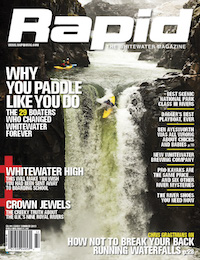 This article first appeared in the Early Summer 2013 issue of Rapid Magazine. For more great content, subscribe to Rapid’s print and digital editions here.
This article first appeared in the Early Summer 2013 issue of Rapid Magazine. For more great content, subscribe to Rapid’s print and digital editions here.



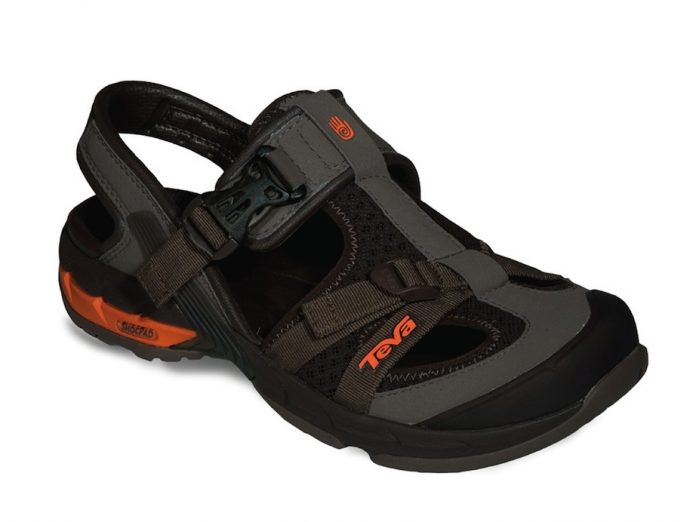
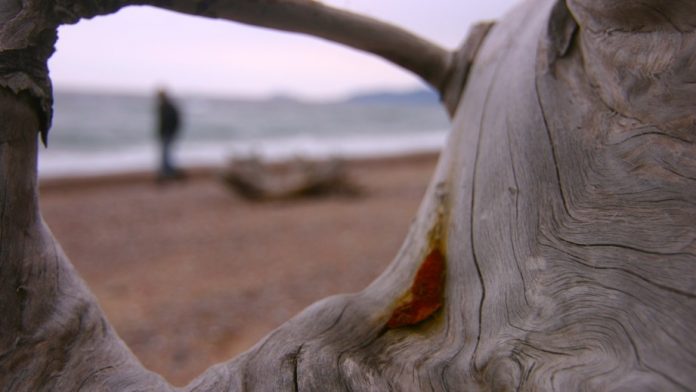
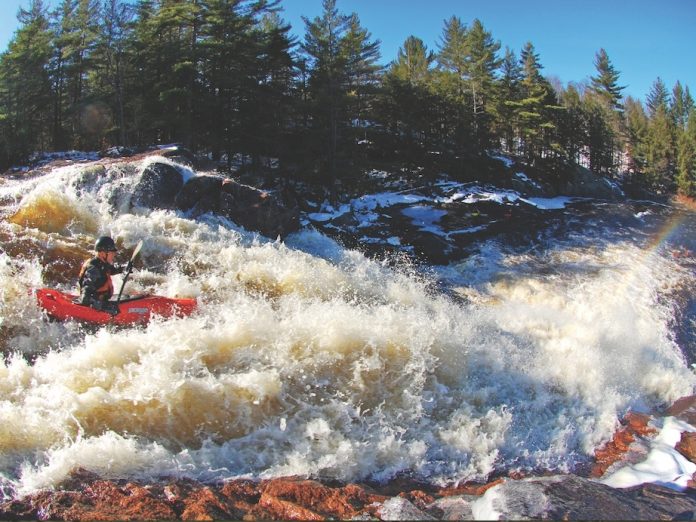
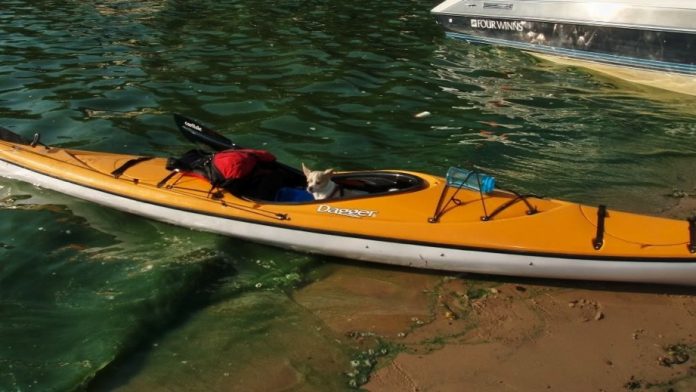

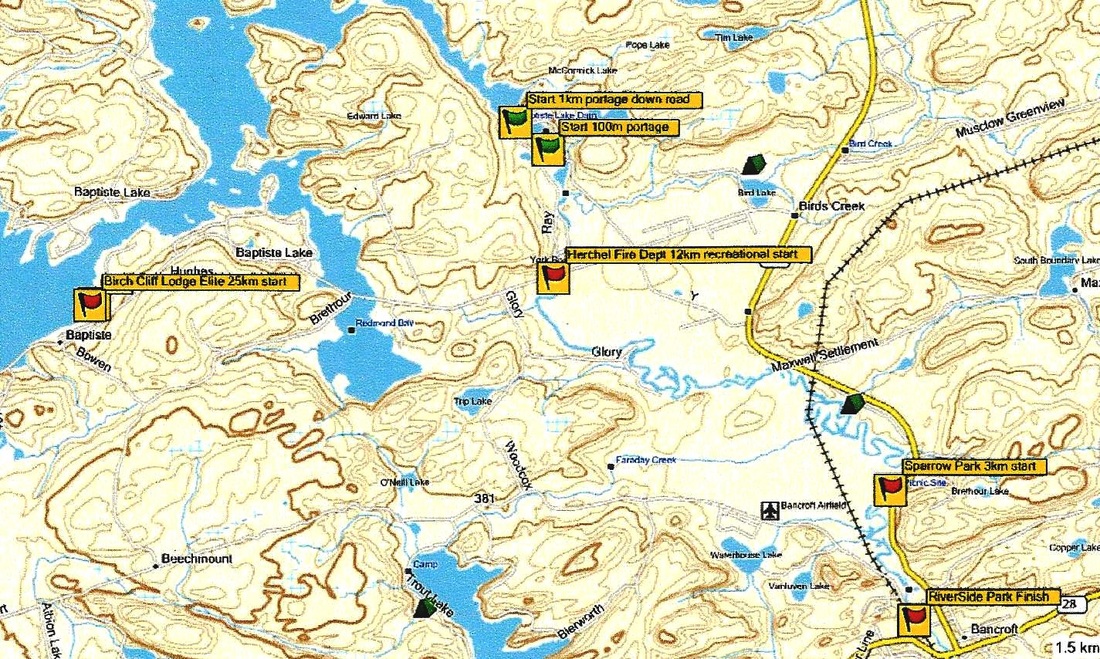
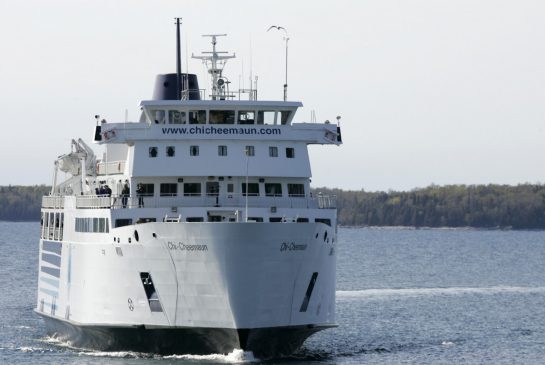
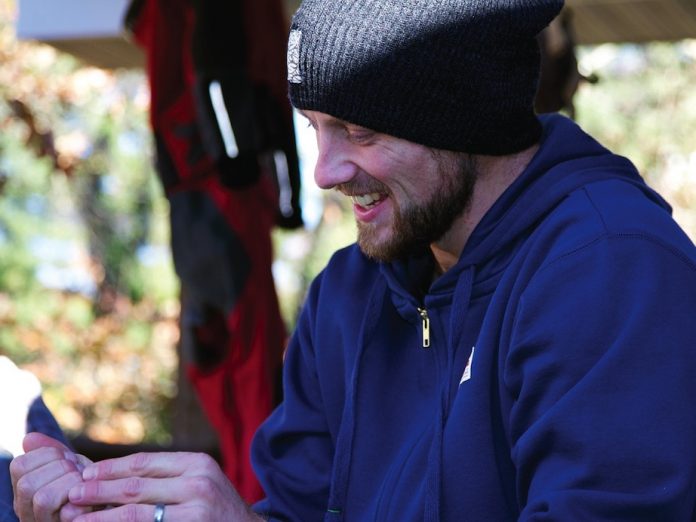
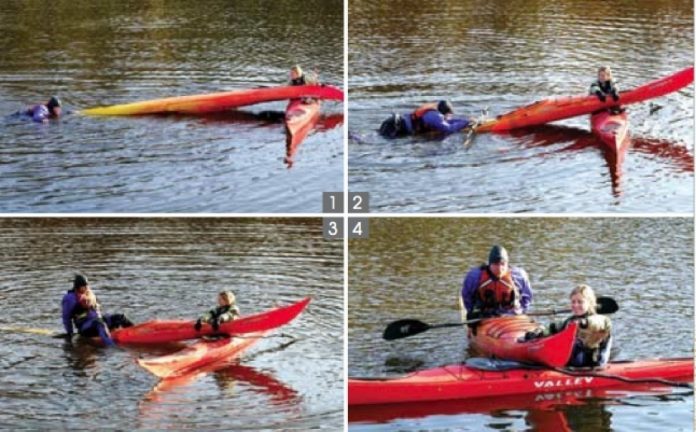
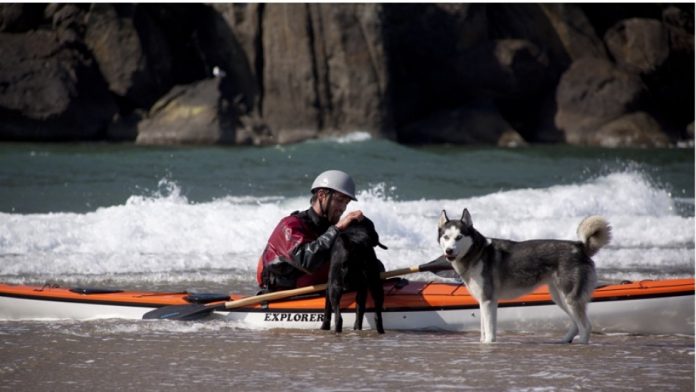
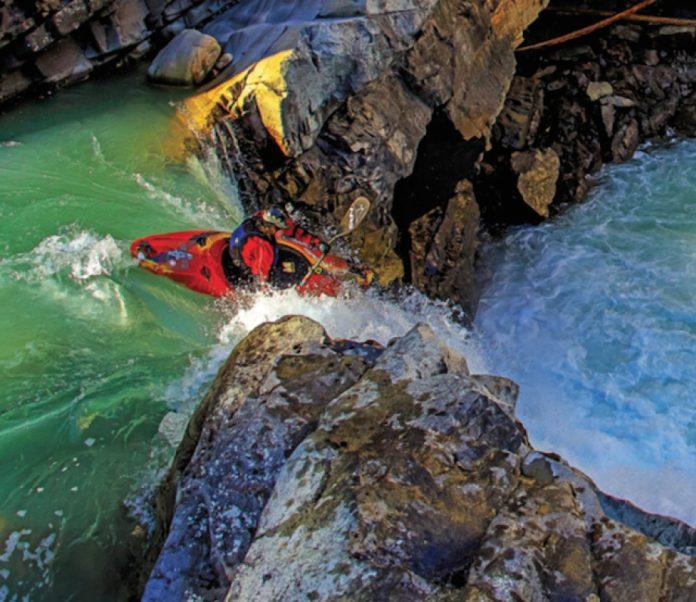
 This article first appeared in the Early Summer 2013 issue of Rapid Magazine. For more great content, subscribe to Rapid’s print and digital editions
This article first appeared in the Early Summer 2013 issue of Rapid Magazine. For more great content, subscribe to Rapid’s print and digital editions 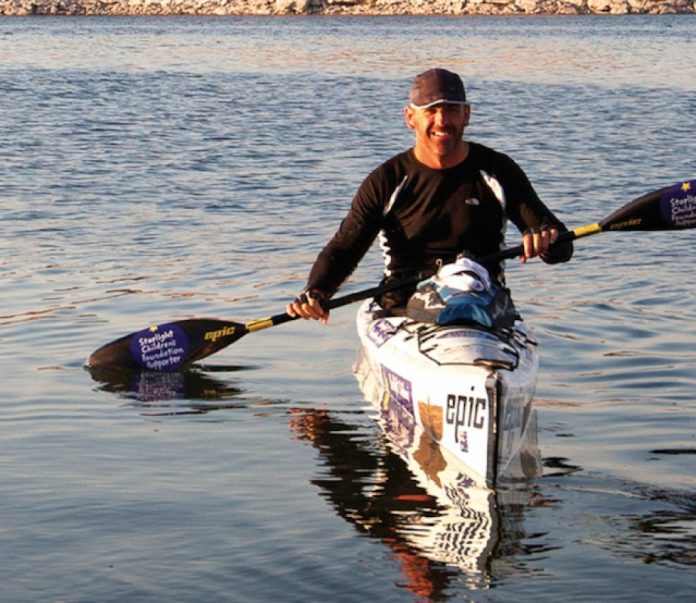
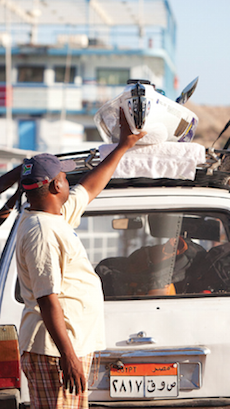 In the year and a half since we first met, I’ve learned that while Tom Smitheringale, 43, may be a relative newcomer to the arena of self-propelled adventure travel—the North Pole attempt was his first major expedition—he is no stranger to hairy situations. A five-year veteran of the British Army, he served in Northern Ireland during The Troubles of the early ‘90s and in Africa with the elite infantry regiment, The Grenadier Guards, before turning his attention to the world of adventure outside military life. To prepare for this new expedition, he spent the previous year living in Egypt, learning Arabic and navigating a miasma of red tape.
In the year and a half since we first met, I’ve learned that while Tom Smitheringale, 43, may be a relative newcomer to the arena of self-propelled adventure travel—the North Pole attempt was his first major expedition—he is no stranger to hairy situations. A five-year veteran of the British Army, he served in Northern Ireland during The Troubles of the early ‘90s and in Africa with the elite infantry regiment, The Grenadier Guards, before turning his attention to the world of adventure outside military life. To prepare for this new expedition, he spent the previous year living in Egypt, learning Arabic and navigating a miasma of red tape.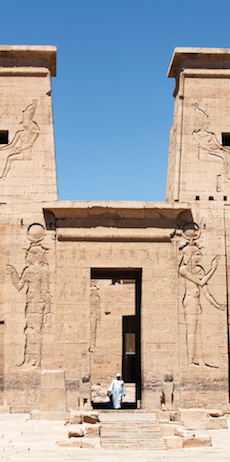 By the time Smitheringale finished his Egypt crossing, I had long since returned home. I followed his progress across the Sahara through Facebook, his blog and through emails with his support team. Tom had become a friend, and his story was enthralling.
By the time Smitheringale finished his Egypt crossing, I had long since returned home. I followed his progress across the Sahara through Facebook, his blog and through emails with his support team. Tom had become a friend, and his story was enthralling. This article first appeared in the Early Summer 2013 issue of Adventure Kayak Magazine. For more great content, subscribe to Adventure Kayak’s print and digital editions
This article first appeared in the Early Summer 2013 issue of Adventure Kayak Magazine. For more great content, subscribe to Adventure Kayak’s print and digital editions 